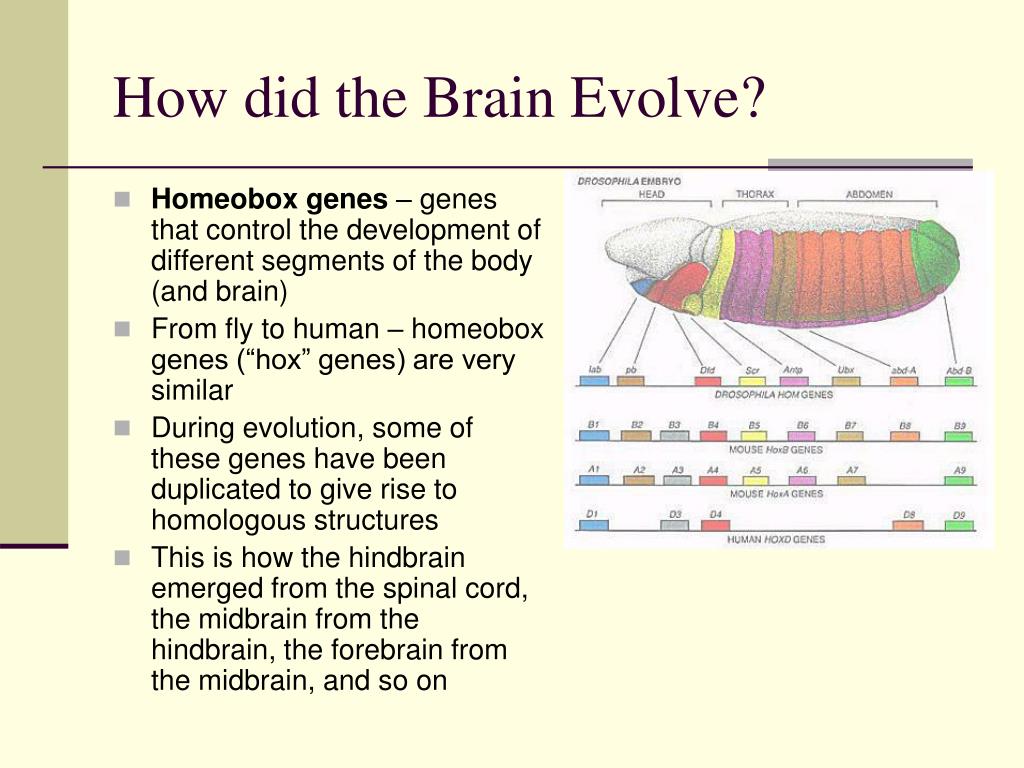The Incredible Journey of Brain Evolution
The modern human brain is one of the most complex structures in the known universe. But how did it get this way? Let’s take a journey through time to discover the incredible evolutionary path that has led to our extraordinary cognitive abilities.
From Simple Nerve Nets to Centralized Processing
Some of the earliest animals to evolve possessed very basic nerve nets capable of controlling simple behaviors like movement and sensation. These distributed networks of cells allowed life like jellyfish and worms to respond to their environment. Over enormous periods of time, small evolutionary advantages caused neurons in some species to cluster into primitive centralized processing areas. This provided an early precursor to a brain, allowing worms and insects to integrate signals from different parts of the body.

The Dawn of True Brains
Vertebrates represent an explosive burst of neurological innovation. Fish were the first to develop true brains in their heads capable of complex functions like navigation, hunting and social behavior. This concentration of neurons into brain structures allowed for far greater processing power than decentralized nerve nets. Key regions for vision, smell and movement coordination emerged. In reptiles, birds and mammals, brains grew rapidly in size and complexity as survival depended on ever more sophisticated cognition. Specialized brain regions for advanced tasks proliferated.
Fine-Tuning the Avian Brain
Birds demonstrate how evolution optimizes brain structures for specific ecological niches and behaviors. Their brains favor visual processing areas that empower flight, navigation by the sun and stars, and impressive problem-solving. Song-learning circuitry in songbirds’ brains closely parallels human language acquisition regions. fine-tuned avian brains allow incredible skills like tool use, exceptional memories and social intelligence capabilities rivaling some mammals. Despite their small size, bird brains contain specialized nuclei performing distinct cognitive functions with high processing efficiency.
Mammals Take the Lead
As mammals evolved, their brains grew exponentially larger than their bodies. This brain-to-body size ratio demonstrates the powerful evolutionary advantages granted by exceptional intelligence. Higher processing capacity facilitated sophisticated senses, social behaviors, learning abilities and eventually self-awareness. The limbic system emerged to regulate core functions like emotion and memory. In primates, enormous cerebral cortices permitted problem-solving, flexible thinking and ultimately human higher cognition traits like abstract reasoning.
What Set the Stage for Human-Level Intelligence?
Key precursors established a foundation for the extraordinary cognitive traits that define our species. Hands capable of fine manipulation freed hominins from a strictly ground-based existence. This allowed tool-making to become increasingly complex over millions of years, driving further improvements to the brain and senses. Bipedal locomotion and communication via intricate vocalizations spurred social intelligence. As environments changed, only the most flexible-thinking, collaborative groups survived. Under constant selection pressures, brains and bodies co-evolved perfectly adapted for survival through intellectual cooperation.
The Rise of Homo sapiens
All humans today descend from groups of anatomically modern humans who emerged around 300,000 years ago in Africa with cognitive abilities comparable to modern people. As populations spread worldwide, interactions between diverging populations and novel environments drove further neurological advances. The prefrontal cortex responsible for rational thought, planning and social behaviors grew disproportionately large. By 50,000 years ago, full behavioral modernity emerged with sophisticated arts, complex tool-making, elaborate burial rituals and long-distance trade routes. Humans had evolved the most remarkably flexible and powerful brains on the planet, capable of cumulative technological progress.
Our Amazing Journey is Far from Over
The evolutionary tailwinds that drove primate and human intelligence to such heights are still propelling our neurology forward today. Our large, globally-interconnected societies place strong selective pressures favoring social, mathematical and linguistic aptitudes. Modern environments may even impact how our genome is evolving. While brain structure and size have changed little recently, cognitive traits well-adapted for 21st century life will shape future human neuroevolution. Our species’ intellectual journey began with the first simple nervous system and continues to push the boundaries of what intelligence can achieve on Earth.
The Lessons of Brain Evolution
Studying how the brain evolved provides profound insights. It reveals adaptation as a gradual, piecemeal process dependent on natural selection exploiting existing structures. No trait emerged overnight fully formed - brains accumulated intricate wiring over vast eons. Evolution also favors general problem-solving abilities rather than precise outcomes. Diverse species independently evolved intelligence by co-optimizing brains and bodies via similar selection pressures such as environmental unpredictability and social complexities. Rather than the product of grand design, human-level cognition arose through continuity with our biological past, shaped by nature’s unpredictable experiment of life.
